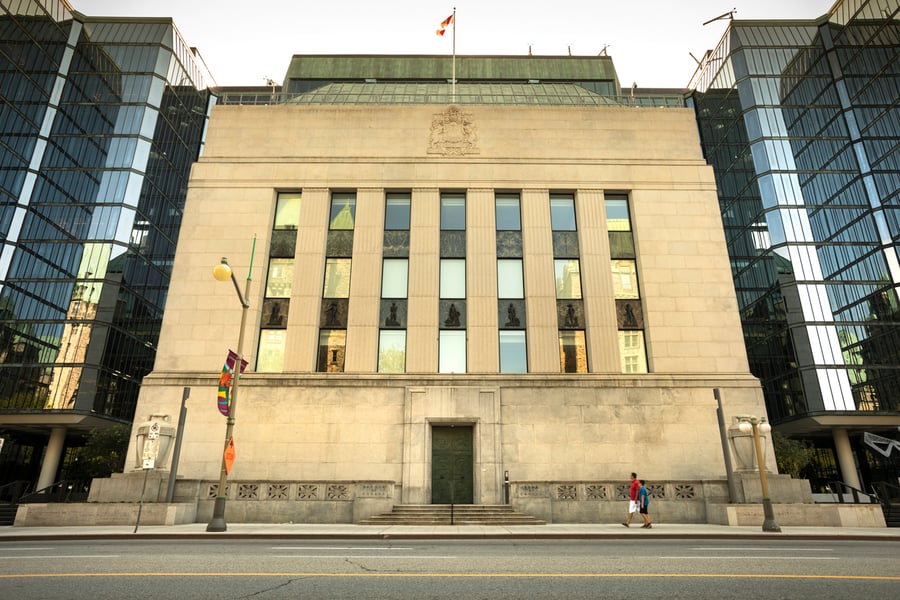Unlike 2021, inflation risks now appear limited

The Bank of Canada’s decision to hold its policy rate at 2.75% this week is being questioned by economists who say current economic conditions warranted a rate cut.
Jeremy Kronick, vice president at the C.D. Howe Institute, and Steve Ambler, professor of economics at Université du Québec à Montréal, argue that the central bank missed an opportunity to support a slowing economy.
While the decision to pause aligned with market expectations—only a 20% probability of a cut had been priced in—Kronick and Ambler wrote in a Globe and Mail op-ed that several indicators point to underlying economic weakness that outweigh concerns about rising core inflation.
Kronick and Ambler indicated that a rate cut is likely unavoidable in the near future and suggested that acting sooner could reduce the risk of the economy entering a recession.
The first quarter GDP growth of 2.2% annualized appeared stronger than anticipated, but Kronick and Ambler say the numbers do not present a full picture. Much of the growth came from export activity, which was partly driven by US companies accelerating purchases ahead of tariff implementation. Domestic demand remained weak, with consumer spending showing minimal growth and gross fixed capital formation continuing to decline.
Labour market data also point to softening conditions. Total employment fell by over 30,000 in March and showed no net gain in April, despite temporary federal election-related hiring. Core-aged workers—those aged 25 to 54—saw a net loss of 36,000 jobs in April.
Kronick and Ambler noted that job losses in this group, which typically has strong labour market attachment, are often an early signal of layoffs. The national unemployment rate increased again in April, reaching 6.9%.
Housing activity has also slowed. March home sales were the lowest for that month since 2009. The sales-to-new-listings ratio dropped to a level last seen in February 2009, during the global financial crisis. Expectations that housing demand would rebound following the peak of the overnight rate at 5% have not materialized, amid persistent uncertainty and tariff-related pressures.
Core inflation remains above the central bank’s 2% target, with CPI-trim at 3.1% and CPI-median at 3.2%. However, headline inflation has declined to 1.7%, largely due to the practical removal of the federal carbon levy. According to Kronick and Ambler, this distinction is important, as the drop in headline inflation offers limited guidance on longer-term price trends. They argue that core inflation pressures could ease if economic softness persists.
Comparing current monetary conditions to 2021, they point out that growth in broad monetary aggregates—often tied to future inflation—remains much lower now, reducing the likelihood of renewed inflation pressure.
Although the Bank of Canada may have faced challenges in communicating a rate cut while core inflation remains elevated, Kronick and Ambler believe that delaying cuts risks a deeper economic slowdown.
They note that four of Canada’s six major banks forecast at least one quarter of negative GDP growth in 2025, with three projecting two quarters. In that context, they assert, a rate cut now would have been the appropriate step.



